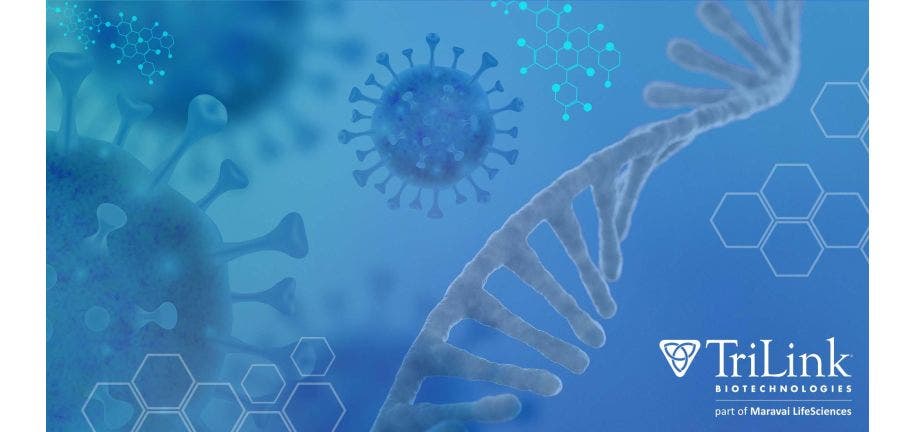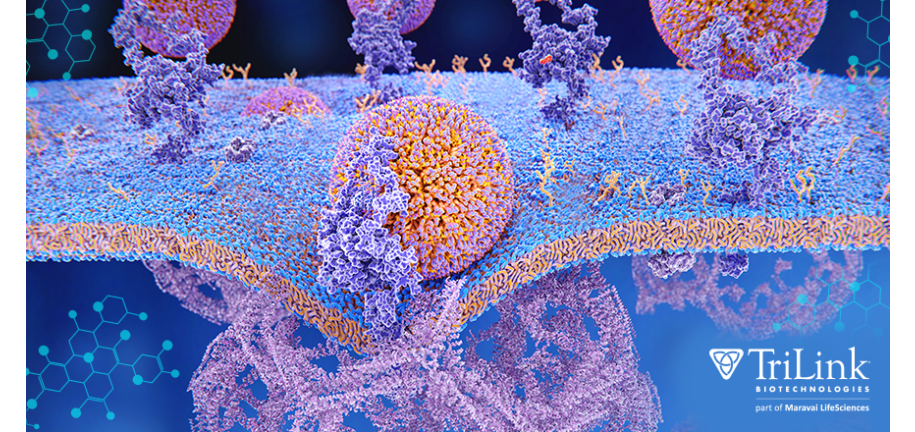Zone in with Zon
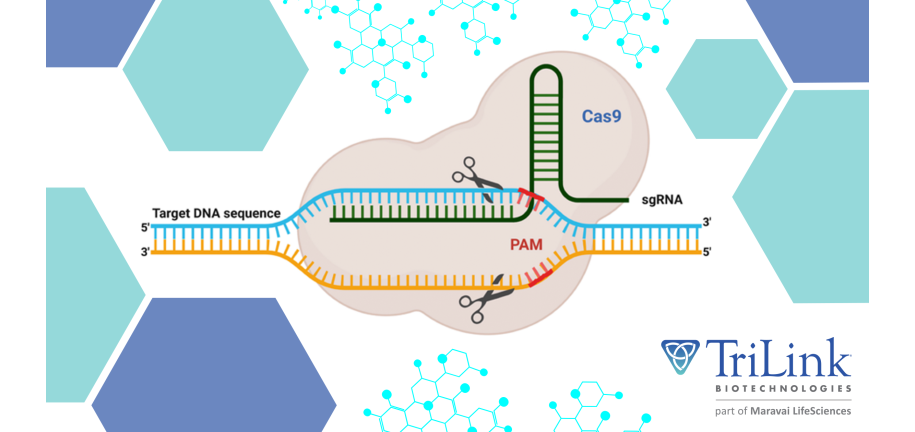
TL The Promise of Base Editing: Potential Applications in Science and Medicine
The discovery of the clustered regularly interspaced short palindromic repeats (CRISPR)-Cas system has revolutionized the field of molecular biology and medicine (reviewed by Kantor et al.). CRISPR-mediated genome editing initially involved the generation of a Cas9-induced double-strand DNA repaired by either non-homologous end joining (NHEJ) mechanisms, or by homology-directed repair (HDR).
The discovery of the clustered regularly interspaced short palindromic repeats (CRISPR)-Cas system has revolutionized the field of molecular biology and medicine (reviewed by Kantor et al.). CRISPR-mediated genome editing initially involved the generation of a Cas9-induced double-strand DNA (dsDNA) break (Figure 1) repaired by either non-homologous end joining (NHEJ) mechanisms, or by homology-directed repair (HDR).
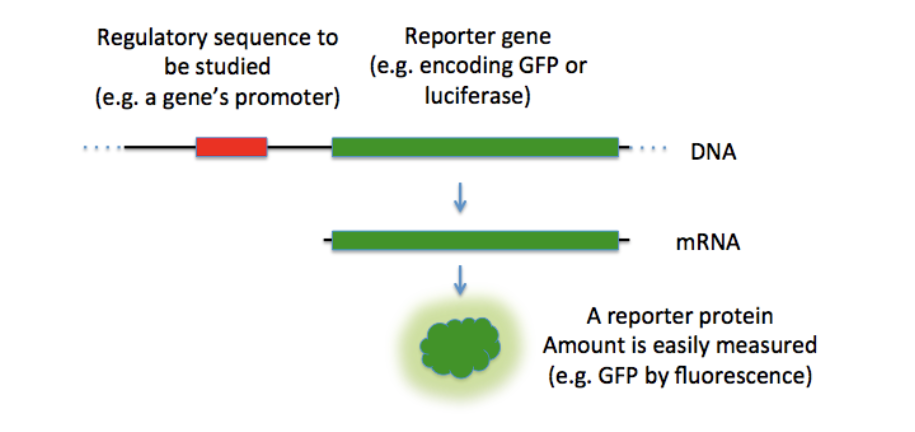
TL Applying CleanCap® mRNA: 4 Example Studies
Historically, reporter genes have been delivered as DNA plasmids for transcription into mRNA before translation into a reporter protein. In biological systems, ideal reporter proteins generate highly sensitive signals that are easily measurable. Thus, they are often photoluminescent (e.g., GFP) or chemiluminescent (e.g., luciferase).
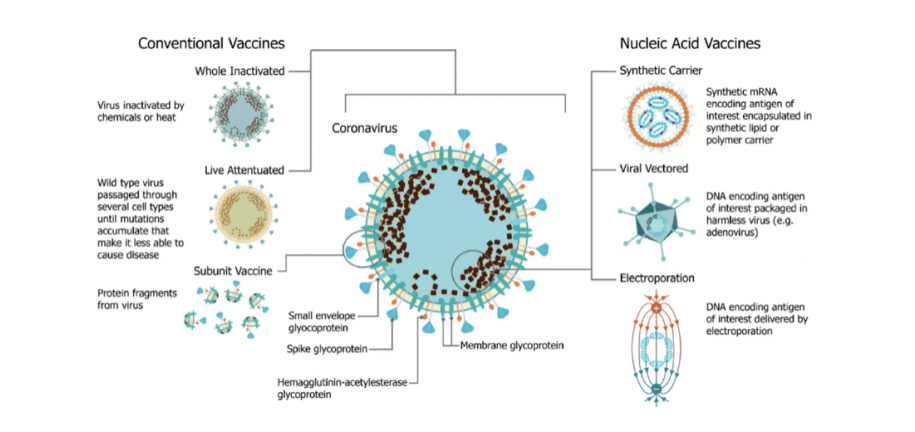
TL Four Pillars for Successful Self-Amplifying RNA Vaccines…
The current universe of vaccines can be divided into two main categories, conventional vaccines and nucleic acid vaccines (Blakney et al.). Conventional vaccines are based on a protein adjuvant, and nucleic acid vaccines can be based on DNA or RNA. For this blog, we will focus on nucleic acid vaccines based on RNA structures and, in particular, self-amplifying RNA vaccines (Figure 1).
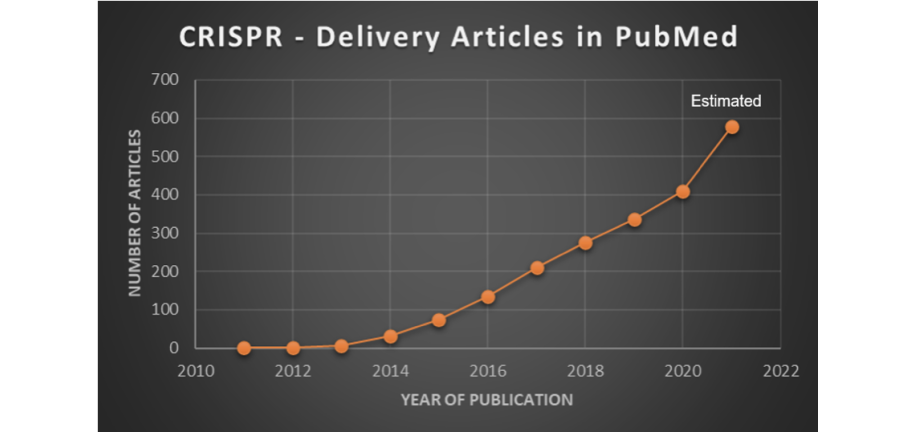
TL CleanCap® IVT Cas9 mRNA in Micelles Used for Genome Editing in Mouse Brain for the First Time
CRISPR-based genome editing tools show tremendous potential as therapeutic agents for the treatment of genetic diseases and viral infections, as discussed in previous Zone blogs and the June 2021 TriLink Research Spotlight titled, A Novel Base-Editing Strategy Promises to Treat Sickle Cell Disease. Nevertheless, safe and efficient delivery of CRISPR tools to target tissues continues to attract growing attention (see Chart). A wide variety of technical approaches are being explored, the main one being the formulation of nano-sized particles loaded with different types of CRISPR-related cargo.
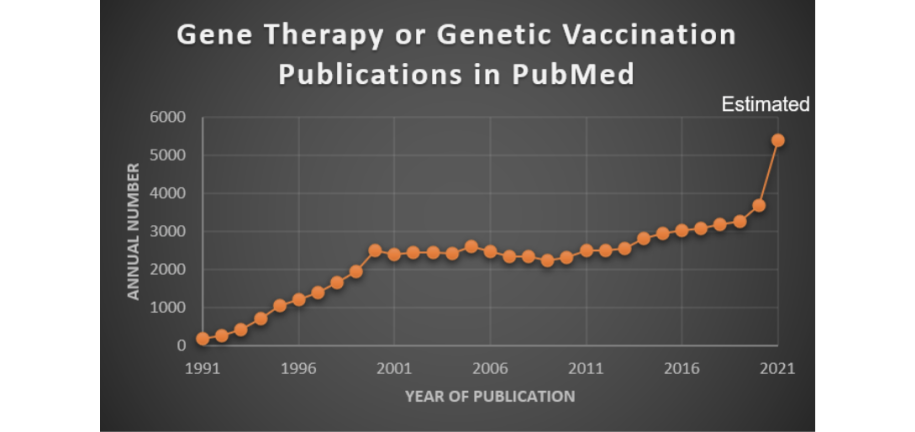
TL Plasmids—Part 2: Perfecting Plasmid Production for IVT mRNA Manufacturing
This post is Part 2 of a series of Zone blogs featuring DNA plasmids used to produce in vitro transcribed (IVT) mRNA. Part 1, posted on June 8, 2021, provided historical perspectives on the discovery of plasmids, as well as descriptions of how these circular double-stranded DNAs enabled recombinant DNA technology and now IVT mRNA production. The two growth phases of plasmid applications are reflected in this chart of publications in PubMed indexed to gene therapy and genetic vaccination for two 10-year periods: 1991–2000 and 2012–2021, respectively.
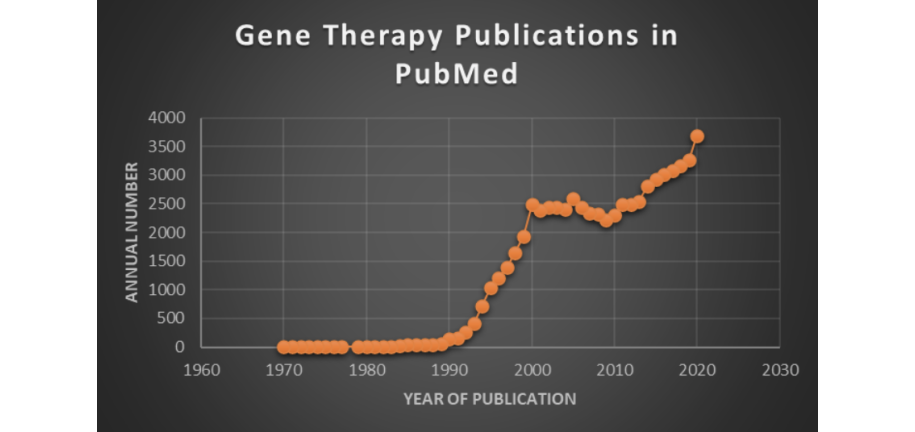
TL Optimizing the Performance of IVT mRNA Using N1-Methylpseudouridine (N1mΨ)—Part 2: Heart Gene Therapy
Posted in the Zone on May 25, 2021, part 1 of this series on optimizing the performance of in vitro translated (IVT) mRNA using N1-methylpseudouridine (N1mΨ) provided a historical introduction to the development of this chemically modified base. Part 1 focused on a 2015 study and an initial 2018 in vivo optimization study of N1mΨ-mRNA. This Part 2 blog features a subsequent 2019 publication on in vitro optimization of N1mΨ-mRNA for future heart gene therapy. Before discussing these findings, the next section will briefly introduce the history of gene therapy and why IVT mRNA is attracting increasing interest in this context.

TL Perspectives on Plasmids for IVT mRNA Production—Part 1
TriLink recently introduced plasmid manufacturing services as advantageous entry points for the in vitro transcription (IVT) template production of your mRNA, and this prompted the Zone to provide a series of blogs exploring plasmid biology and manufacturing. This initial (Part 1) blog offers some introductory comments on the discovery of plasmids that paved the way for recombinant DNA and early IVT mRNA technologies. Part 2, which will be posted in July of 2021, transitions to discussing the key elements required to perfect plasmid production in the context of IVT mRNA manufacturing by TriLink.
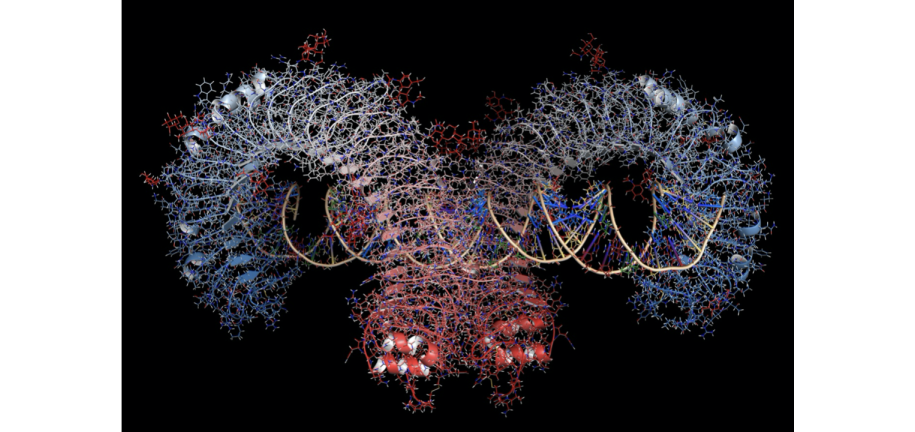
TL Optimizing the Performance of IVT mRNA Using N1-Methylpseudouridine (N1mΨ)—Part 1
There is widespread interest in chemically modified mRNA (modRNA) synthesized by in vitro transcription (IVT) reactions, wherein one or more of the natural (aka wild-type) A, G, C, and U nucleotide 5’-triphosphates is replaced by base-modified analogs.


